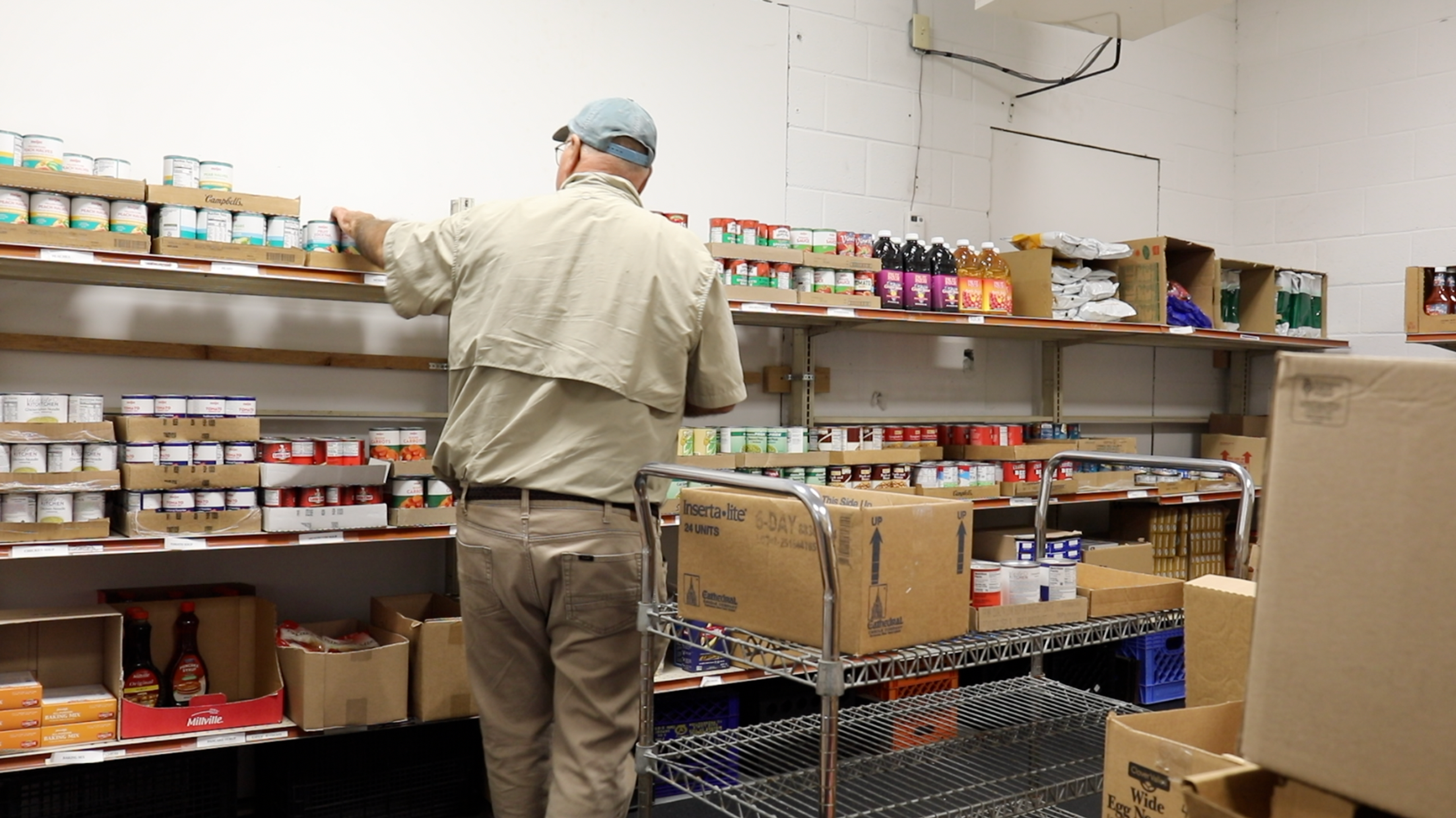
Drug and alcohol use in the workplace can have adverse effects on productivity and safety. Not only can it impair performance of the employee under the influence, but it can also impact the safety of the individual and those working nearby. It’s also costly to businesses. Alcohol use costs the workplace between $33 billion and $68 billion every year, while costs of drug abuse at work are estimated at $81 billion annually. The impact of drug use varies based on the type of drug. Drugs affect the neurotransmitters in the brain by interfering with the messages being sent throughout the body. Many drugs are addictive, which makes it more difficult for employees to simply abstain or quit using them. Alcohol use is known to impair judgment, coordination and reaction time. If the employee is a man and consistently drinks five or more drinks on a single occasion, or if the employee is a woman and consistently drinks four or more drinks on a single occasion, they may have alcoholism. It’s important to keep in mind that substance use in the workplace doesn’t solely impact the individual, but the coworkers and company as well. Substance use can put a strain on employee morale in the office. It can also decrease the financial well-being of the company and impact the reputation and public image of the business. While on the job, watch out for some of these signs:
- Increased instances of arriving late or missing work shifts
- Drop in productivity or quality of work
- Increase in number of mishaps both in and out of the office
- Rise in medical claims
- Mood swings and overreactions
- Poor decision-making
- Financial difficulties
- Avoidance of coworkers or supervisors
- Deteriorating physical appearance
Companies can help protect their workers by implementing policies to limit their access to controlled substances. Employers can require written acknowledgement of their substance policy upon hiring. They can also reserve the right to search any areas on company property for alcohol or drugs -- and require employees to partake in drug and alcohol screenings. The decision to seek help rests on the employee, but companies can minimize the risk by making employees aware of the signs and symptoms of alcohol and drug use in the office. This is the final post in a four-part series about workplace safety. Read past posts about recognizing hazards in the workplace, preventing slips, trips and falls and the dangers of fatigue at work. You may also like:
Photo credit: Laflor





